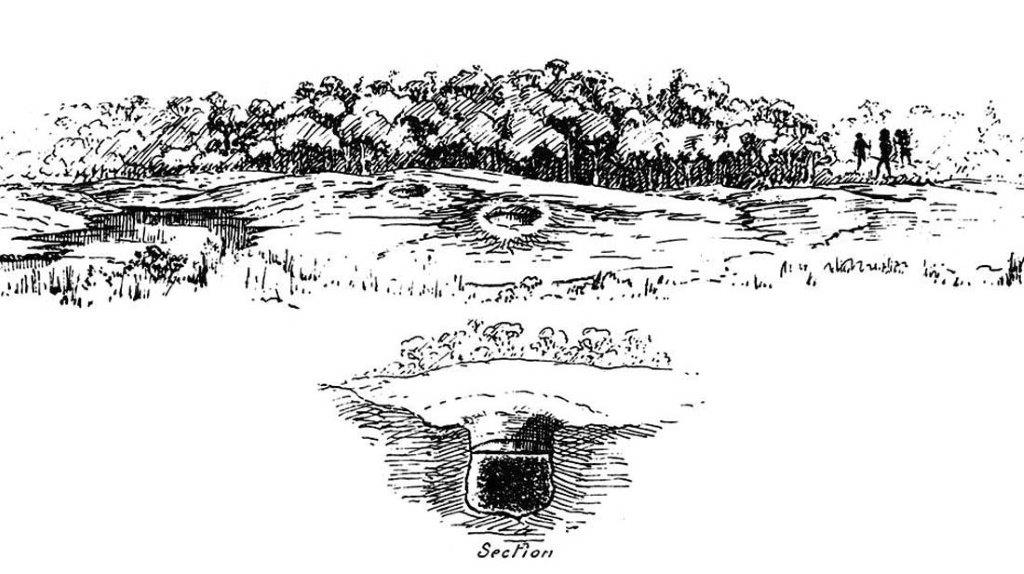Golden Pipeline


A time capsule of water,
gold & Western Australia
A project from the National Trust of WA

A self-guided drive trail between the Perth Hills and Western Australia’s Eastern Goldfields. Go with the Flow. Follow the water to discover more about the audacious goldfields water supply scheme and Engineer CY O’Connor.
“Future generations, I am quite certain will think of us and bless us for our far seeing patriotism, and it will be said of us, as Isaiah said of old, ‘They made a way in the wilderness, and rivers in the desert”
Gnammas
A gnamma is a naturally occurring rock hole – rain falling on the surrounding rock collects in the hole creating an important source of scarce water in Western Australia’s arid interior before the pipeline was built from the Perth Hills into the region.
Gnammas are often found on the top of domed inselbergs and were an important source of water for Aboriginal people. Aboriginal people used and conserved gnammas, marking their whereabouts and placing branches so any animals falling into the water could escape. See Granite Outcrops for more about the domed inselbergs on which gnammas are often found.
This geological formation acts as a water collection and storage tank – even a cooling tank. Water follows the contours of the bare rock into a gnamma during rain events. Gnammas can be of varying depth and size but their small surface area to water volume reduces losses from evaporation. Because water in a gnamma is surrounded by dense crystalline rock, it is usually kept cool. In some gammas the water is replenished from stores in underground decomposed rock.
Exploration parties searching for suitable pastoral land in the mid 1860s used and established the position of gnammas. Prospectors in the 1890s knew these positions and relied heavily on gnammas for water in their rush to the eastern goldfields
A gnamma was a source of water foreign to European prospectors, several were so intrigued they wrote about gnammas – explorer/prospector David Carnegie wrote in Spinifex and Sand that he was neither a geologist nor a dentist but he likened the formation of a ‘namma-hole’ to a hollow formed by tooth decay. Carnegie surmised that beneath the hard surface layer rain weathered away comparatively soft decomposed rock; he was surprised at not suffering any ill-health when he was forced to drink this water, which, ‘in civilization would be thought only fit … for the garden’
The arrival of European prospectors meant water became a commodity. Gnammas sustained not only the original inhabitants of the goldfields but also the animals they hunted. Aboriginal water sources were appropriated due to the influx of people and their animals during the 1890s Gold Rush. The original inhabitants revealed the locations of and shared their precious water sources with the newcomers, sometimes voluntarily, sometimes by coercion. Water which was a free resource became a commodity to be bought and sold
There are two types of gnammas. The more common pan-gnammas have flat bottoms and steep, sometimes overhanging walls. A large one could be 8 m across with a depth of 20 cm. The rarer pit-gnammas are typically hemispherical and have a large depth relative to their surface area – perhaps 55 cm deep and 1 m in diameter.

This drawing appeared in the first annual report of the Department of Mines (1894) and illustrates a rock-hole or gnamma as a source of water in WA’s arid interior. A gnamma holds water from underground decomposed rock and run-off, it’s small exposed surface area minimising evaporation.
Explore
Click on any map section or place below to discover The Golden Pipeline.
Northam to Cunderdin
Explore section two


